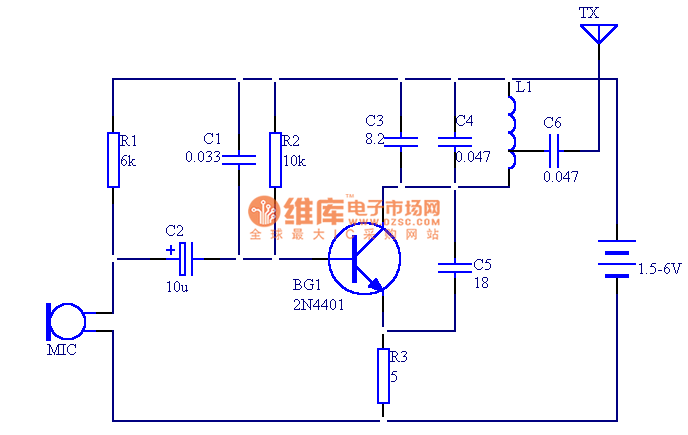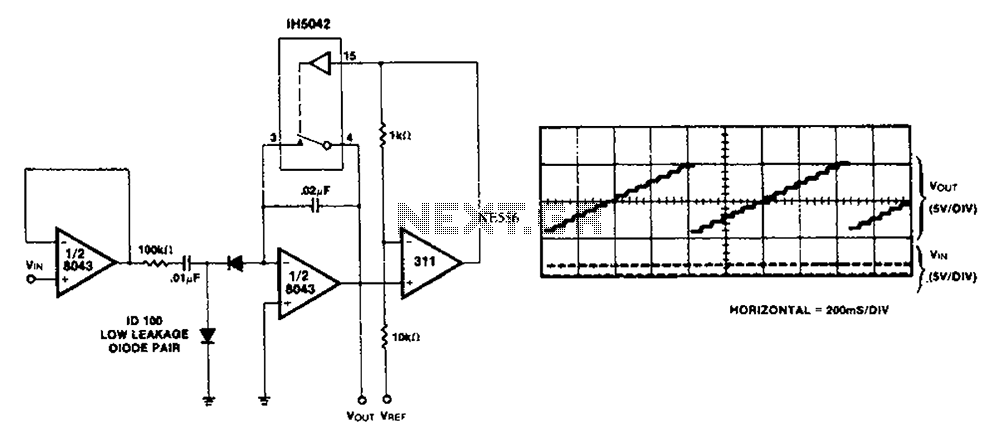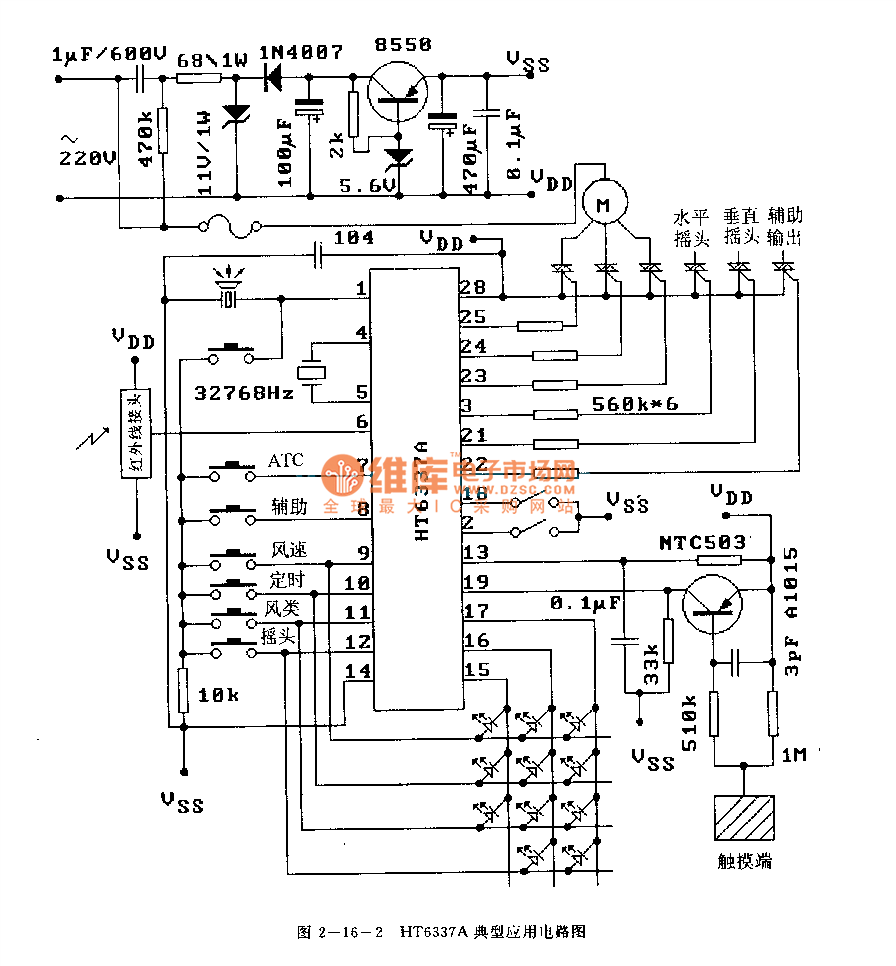
1.5V miniature wireless FM microphone circuit

The circuit presented in this document utilizes 12 components to create a compact wireless FM microphone that operates with a stable frequency. The effective transmission range is approximately 30 meters, extending to over 100 meters when powered by a 6V supply. The circuit diagram includes components BG1, C1, and C3, which constitute a high-frequency oscillation circuit. The transmission distance is influenced by the current.
The wireless FM microphone circuit is designed to operate efficiently with a minimal component count, making it suitable for various applications such as public speaking, musical performances, and broadcasting. The core of the circuit consists of a high-frequency oscillator, formed by the transistor BG1 and the capacitors C1 and C3. This oscillator generates the carrier frequency that is modulated by the audio signal captured by a microphone.
The choice of components is critical for ensuring stable operation and optimal performance. BG1, typically a low-power transistor, acts as the main amplification element, allowing for the modulation of the audio signal onto the carrier frequency. Capacitors C1 and C3 are essential for tuning the oscillator to the desired frequency and for filtering purposes, ensuring that the output signal remains clean and free from unwanted noise.
The circuit's transmission range is directly affected by the power supply voltage. Operating at 6V enhances the circuit's performance, allowing for a greater transmission distance, which can exceed 100 meters under ideal conditions. Additionally, the circuit may include a power amplifier stage to further increase the output signal strength, thereby improving the range and clarity of the transmitted audio.
Overall, this miniature wireless FM microphone circuit exemplifies an effective design that balances simplicity with functionality, making it an excellent choice for applications requiring reliable wireless audio transmission.The circuit shown in this paper uses 12 components to form a miniature wireless FM microphone with stable operating frequency, and its transmitting distance is about 30 meters and more than 100 meters at 6V power supply.The circuit is shown as Figure, BG1, C1 and C3 form a high - frequency oscillation circuit. The transmitting distance is related to the curr.. 🔗 External reference
The wireless FM microphone circuit is designed to operate efficiently with a minimal component count, making it suitable for various applications such as public speaking, musical performances, and broadcasting. The core of the circuit consists of a high-frequency oscillator, formed by the transistor BG1 and the capacitors C1 and C3. This oscillator generates the carrier frequency that is modulated by the audio signal captured by a microphone.
The choice of components is critical for ensuring stable operation and optimal performance. BG1, typically a low-power transistor, acts as the main amplification element, allowing for the modulation of the audio signal onto the carrier frequency. Capacitors C1 and C3 are essential for tuning the oscillator to the desired frequency and for filtering purposes, ensuring that the output signal remains clean and free from unwanted noise.
The circuit's transmission range is directly affected by the power supply voltage. Operating at 6V enhances the circuit's performance, allowing for a greater transmission distance, which can exceed 100 meters under ideal conditions. Additionally, the circuit may include a power amplifier stage to further increase the output signal strength, thereby improving the range and clarity of the transmitted audio.
Overall, this miniature wireless FM microphone circuit exemplifies an effective design that balances simplicity with functionality, making it an excellent choice for applications requiring reliable wireless audio transmission.The circuit shown in this paper uses 12 components to form a miniature wireless FM microphone with stable operating frequency, and its transmitting distance is about 30 meters and more than 100 meters at 6V power supply.The circuit is shown as Figure, BG1, C1 and C3 form a high - frequency oscillation circuit. The transmitting distance is related to the curr.. 🔗 External reference





